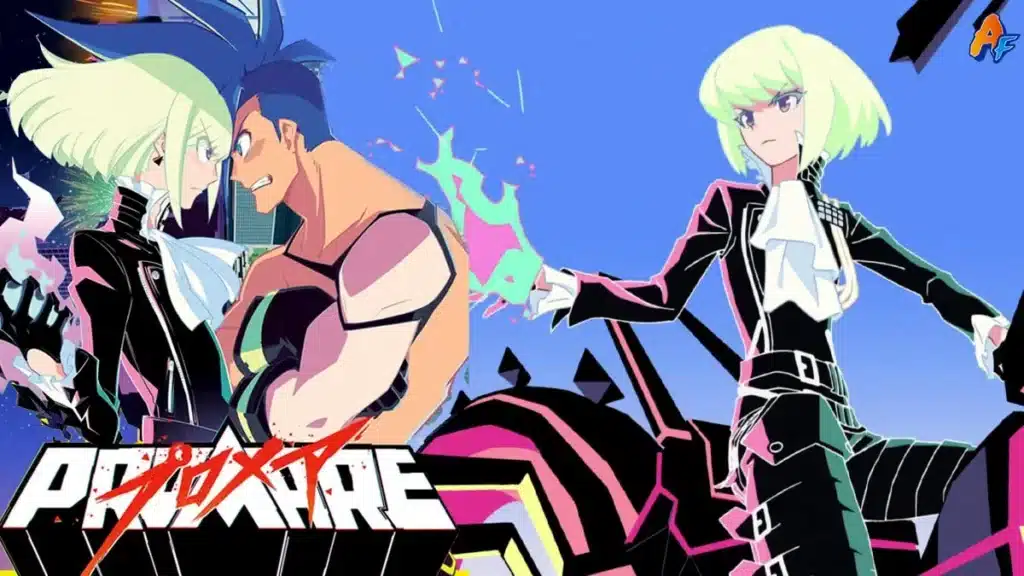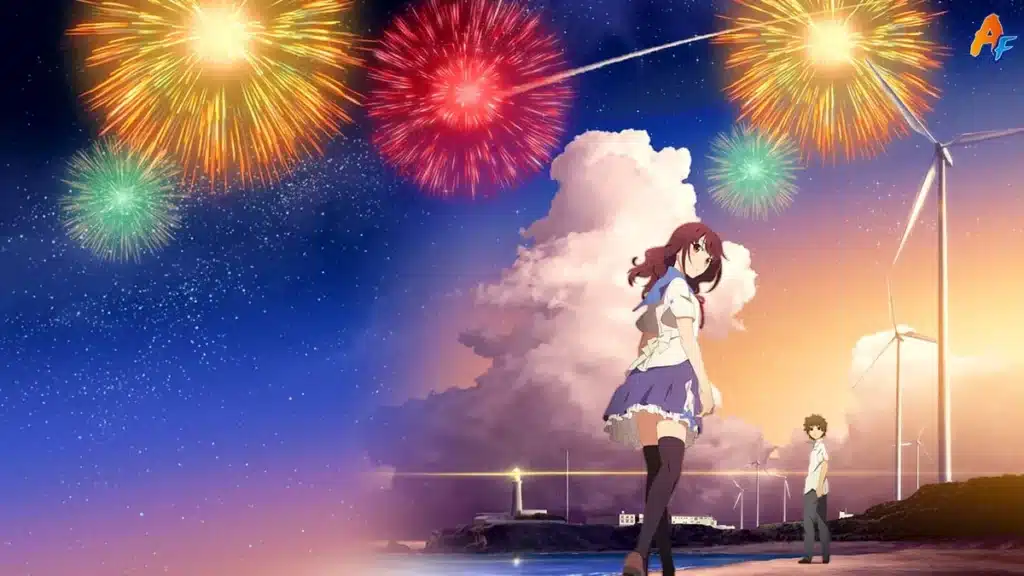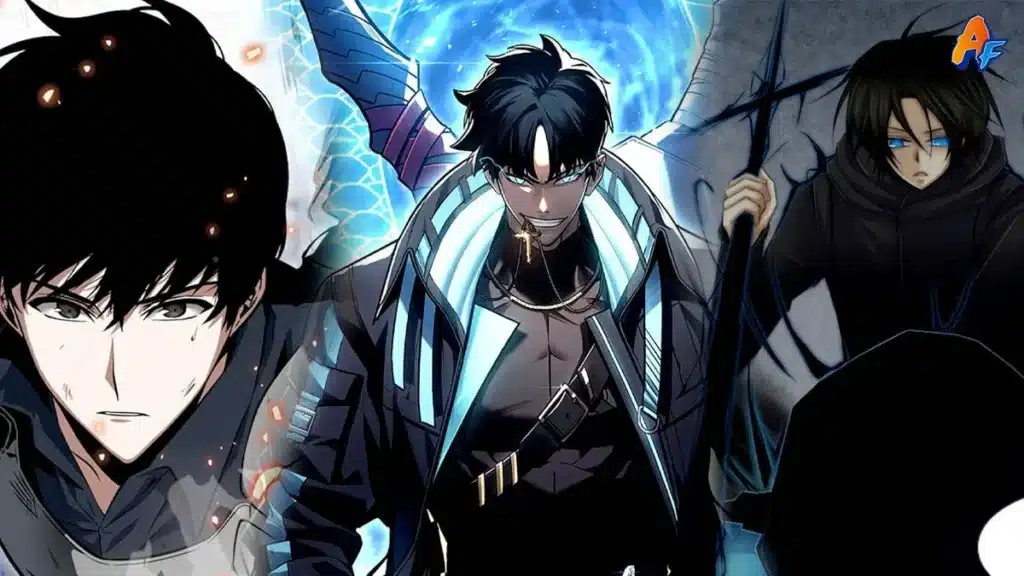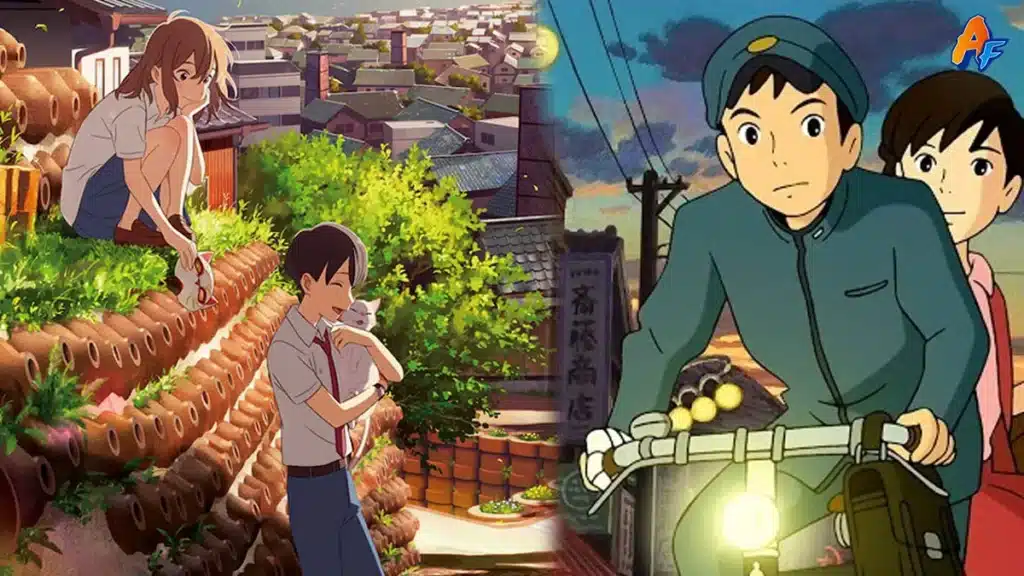The Devilman franchise is coming back! Devilman Gaiden original manga is a spinoff from the gooey and grotesque universe of Devilman. Kodansha’s Monthly Young Magazine’s will serialize Fujihiko Hosono’s new manga in its next issue on January 23. Go Nagai will illustrate it as well as write it.
The original manga will honor the Devilman series’ 50th anniversary. The manga follows Akira Fudo, a high school student who acquires the abilities of the demon, Amon, with the help of his friend Ryo Asuka to confront monsters concealed in human society.
Devilman Gaiden’s tale will also take place in Japan’s current Reiwa period.
Read also: 50 Best Manga of All Time
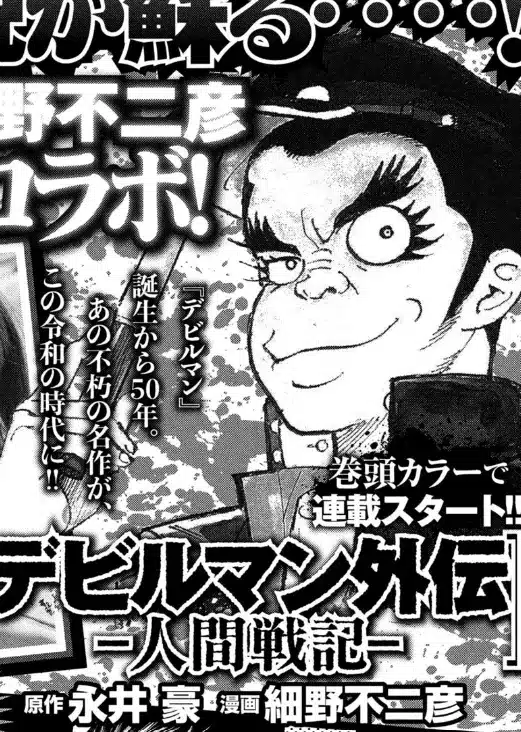
Devilman Gaiden Manga Storyline
The plot centers around Akira Fudo, a timid boy who lives in the house of his friend Miki Makimura while his parents are away.
Ryo Asuka, a childhood friend, disrupts his life by revealing to him a danger that threatens the extinction of the planet. Demons were about to awaken from their long slumber under the ice. Additionally, the devastation they would do would be unfathomable, and the only way to stop them was to use them.
Ryo explained that they would use them by seizing control of their powers to be on equal footing with them. A ceremony known as the Black Sabbath was also to take place, which Ryo and Akira would have to enter to survive.
During the Black Sabbath, Akira fuses with Amon, a demon warrior revered and feared by his kind for his massive power. Instead of Amon controlling Akira, he controlled the demon and gave birth to Devilman. Hence goes on Devilman Gaiden Manga.
Devilman Backstory
In 1972, Nagai published the first Devilman manga in Kodansha’s Weekly Shounen Magazine. Additionally that same year, a television anime adaptation of the manga premiered.
Toei Animation planned the series as a toned-down anime adaptation of Nagai’s previous manga series, Demon Lord Dante. Certain characteristics were to be toned down, and a more human-like anti-hero was also to be formed.
Nagai, on the other hand, developed a darker-toned manga to warn readers about the perils of the conflicts based on how gloomy the tale turns with each of Akira’s obstacles.

Since 1972, the anime and Japanese manga series have generated over a dozen distinct spinoffs, crossovers, and remakes. This includes manga, OVAs, and also a 2004 live-action film. Additionally, Seven Seas Entertainment translated the original Devilman Gaiden manga into English.
A villain from the 1972 Gekko Kamen anime seems to be the inspiration for Devilman’s outfit. Go Nagai worked on the anime’s scenario along with the renowned screenwriter, acclaimed director, and also science-fiction novelist, Masaki Tsuji. The film director additionally, wrote the scripts for 35 of the TV series 39 episodes.
Devilman Video Games and Spinoffs
Bandai Namco produced a Devilman-themed video game for the Famicom on April 25, 1989. Additionally, on April 13, 2000, Bandai launched a Devilman-themed game for the Sony PlayStation which featured impressive gameplay upgrades. Both are in the fighting game genre. Devilman and many other of Nagai’s works debuted in the Japanese Super Famicom game CB Chara Wars: Ushinawareta Gag, a 2D fighting game too!
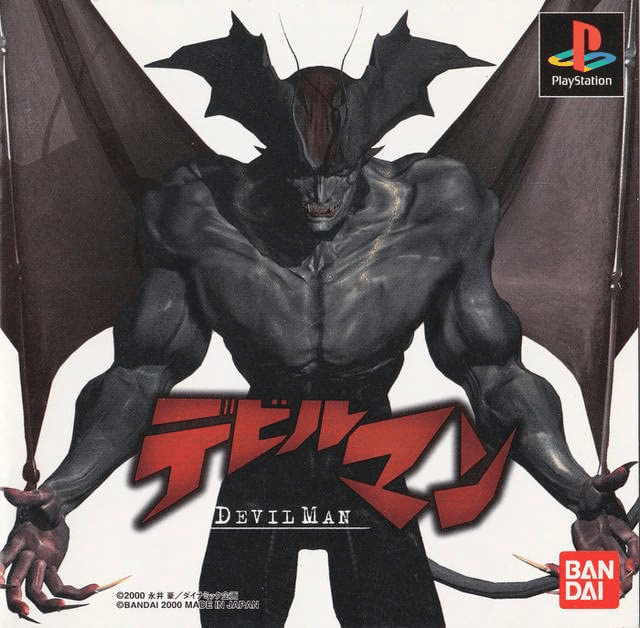
Devilman and other characters from the original manga have made several guest appearances in Go Nagai’s other works. Miki is the first female heroine of the 1974 manga Oira Sukeban, and Akira has appeared in several Cutie Honey iterations, including the 1994 OVA film anime New Cutie Honey.
Miki and Ryo Asuka both appear in the Violence Jack manga as dogs (with dog-like bodies and human heads).
Nagai designed Devil Lady in 1997, based on his fantasy of a female main character. The Devil Lady series also has a unique plot that differs from the Devilman Crybaby anime series. Fudo’s shadow appears in Devil Lady’s opening credits.
In the 1991 OVA anime film CB Chara Nagai Go World, the Devilman cast collaborated with characters from Mazinger Z and Violence Jack. This edition presented familiar characters with deformed shapes in hilarious and humorous antics. In this series, Violence Jack is revealed as a future version of Akira Fudo. Miki is also shown to be an otaku, having learned about Akira’s identity as Devilman through off-screen manga reading.
Devilman Gaiden Manga Creators
Kiyoshi Nagai, a dark horse, had his professional debut in 1967 with Meakashi Polikichi. He is most known for authoring popular Japanese novels and anime series from the 1970s, including Cutie Honey, Devilman, and Mazinger Z.
He is credited with pioneering the magical girl genre with Cutie Honey, the post-apocalyptic manga/anime genre with the legendary manga Violence Jack, and the ecchi genre with Harenchi Gakuen Japanese Manga series. Furthermore, he created the super robot genre and designed the first mecha robots piloted by a user from within a cockpit with Mazinger Z.
In 2005, he was appointed as a Character Design professor at the Osaka University of Arts. He has been on the nominating committee for the Tezuka Osamu Cultural Prize since 2009.
Fujihiko Hosono:
While a student at Keio University, he made his debut artistic outlook with Crusher Joe. Around the same time, he began working as an animation director at Studio Nue. He has had tales published in the Petit Apple Pie manga anthology series.
Hosono also wrote Gallery Fake and Tar, for which he received the Shogakukan Manga Award for general manga in 1996.
Works he took part in:
- Bio Hunter
- Crusher Joe
- Dirty Pair (uniform design for TV series and With Love from the Lovely Angels OVA episodes)
- Dokkiri Doctor
- Double Face
- Gallery Fake
- Taro
- Gu Gu Ganmo
- Judge
- Mama
- Sasuga no Sarutobi
- The Qwaser of Stigmata (episode 21 end illustration)
- Castle of Broadcast
Stay tuned for more anime updates!
Frequently Asked Questions
u003cstrongu003eWhat is Kondasha’s Young Monthly Magazine about?u003c/strongu003eu003cbr/u003eu003cstrongu003e u003c/strongu003eu003ca href=u0022https://kodansha.us/u0022 target=u0022_blanku0022 rel=u0022noreferrer noopeneru0022u003eKodanshau003c/au003e’s Young Magazine is a monthly magazine published by Kodansha.
It is aimed at young adults and teenagers, with content ranging from manga to fashion and beauty tips to cooking.
